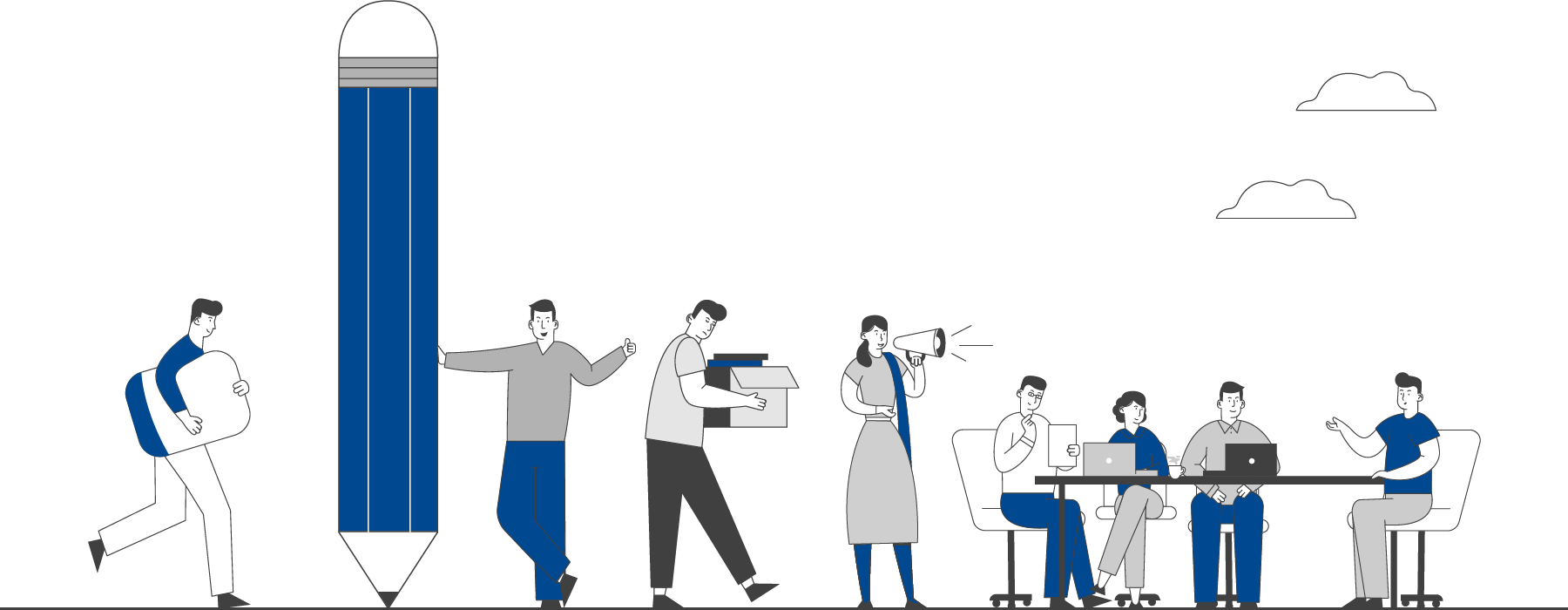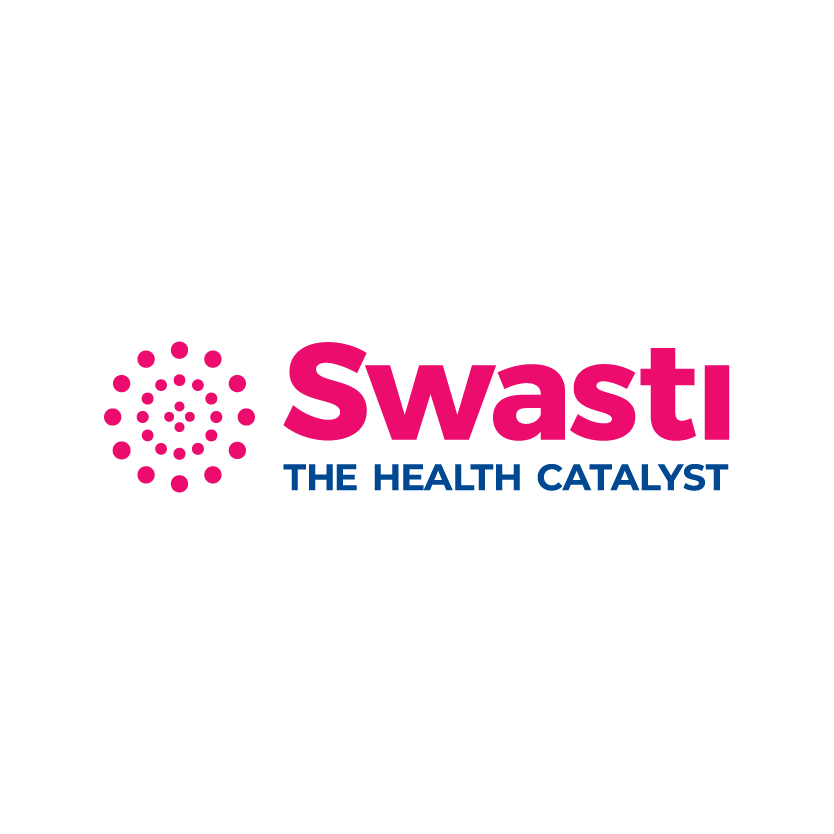

This section hosts guidelines, manuals and toolkits to strengthen public health practice.
Resources
FILTER
BY CATEGORY
View All
COMMUNITY HEALTH OFFICERS - A promising resource in delivering comprehensive primary health care [CPHC] in Assam
16 Sep 2022by
Comprehensive Primary Health Care (CPHC) emphasizes strengthening primary health care through the establishment of Health and Wellness Centres (HWCs) to deliver comprehensive primary health services. To achieve its objectives, existing Sub Centres (SCs) and Primary Health Centre (PHCs) are being converted to HWCs. The infrastructure of HWCs is strengthened and they are equipped with an adequate workforce, drugs and supplies, and diagnostic services. The range of services provided at SC-HWCs has been expanded beyond reproductive and child health to include management of communicable and non-communicable diseases, care for common ophthalmic and ear nose throat (ENT) problems, basic oral health care, and elderly and palliative health care. The SC-HWCs also attend to emergency medical services (including trauma and burns), and screening and basic management of mental health ailments].
This study was conducted to understand the functioning of the SCs that were converted into HWCs for the expansion of the CPHC services in Assam. It also focuses on assessing the range of health care services provided by the Community Health Officers (CHOs) at the SC-HWCs.
The study showed that CHOs were providing a range of services during pregnancy and childbirth, including neonatal and infant health care, and diabetes and hypertension screening. They were also managing minor ailments, such as fever, common cold, and skin diseases across the districts. They were also conducting minor surgical procedures such as stitches for injuries while referring trauma and emergency cases to higher facilities. Moreover, CHOs were also responsible for managing and record-keeping of various registers, along with examining patients and dispensing drugs.
Among the maternal care services provided at SC-HWCs, more than half had received full antenatal care (ANC). A few SCHWCs (overall 18%) were conducting deliveries under the supervision of the CHOs. The percentage of full immunization coverage and provision of family planning services, however, was very low across the study sites in Assam.
About 52% of the participants were satisfied and 27% were highly satisfied with the services. The community across districts referred to the CHO as “doctor” and noted improved access and availability to basic health services after the posting of CHOs. Participants reported difficulty in making use of health services at night due to non-availability of CHOs and other staff and medicines.
The majority of the participants reported increased utilization of services after the posting of CHOs, mainly women were accessing health care services from SC-HWCs. Men in the villages were not much aware of the expansion of services and at the same time were reluctant to visit SC-HWCs as most of the users were female.
Further Recommendations:
Greater attention to expanding the infrastructure of SC-HWCs is needed as it affects the performance of the health providers, as well as the ability of communities to seek care. There is a need for steady improvement in basic infrastructure, like electricity and safe water supply. And additional rooms for delivery, wards, testing laboratory, waiting area for patients, and toilets for patients and staff. The present infrastructure is not sufficient to cater to the increased staff and workload.
Improvement in living conditions will improve CHOs’ and other staff’s morale and motivation. The development of living quarters with electricity and water supply for all staff working in SC-HWCs will improve the quality of life for rural health workers.
The inability to fill multi-purpose workers (MPW) and auxiliary nursing midwife (ANM) positions is a hindrance to the smooth functioning of SC-HWCs. Vacant positions need to be urgently filled up.
There has to be regular and timely disbursal of untied funds, performance-based incentives to improve job performance and parity of pay between CHOs and regular ANMs.
There is a clear need to strengthen record-keeping and data management at SC-HWCs. There is a need for a dedicated staff to be responsible for data management and record keeping. Since the staffing norms may not permit additional staff, one of the ANMs may be trained on data management. The block program assistant/block community mobilizer may also be made responsible for monitoring and management of data. For efficient record keeping and digital data entry, the study suggests providing computers/ tablets to SC-HWC staff.
To facilitate greater utilization of services, there is a need to increase awareness in the community about the range of health services rendered at SC-HWCs. The study suggests engaging the village health and sanitation committee and other existing structures in the community to generate awareness, particularly to reach out to male members of the community. In addition, the role of accredited social health activist (ASHA) supervisors should be expanded and strengthened for supporting and mentoring ASHAs to generate awareness in the community on the need of non-communicable diseases(NCD) screening and follow-up at SC-HWCs.
Categories
Research

 EXPLORE DATA
EXPLORE DATA 



























